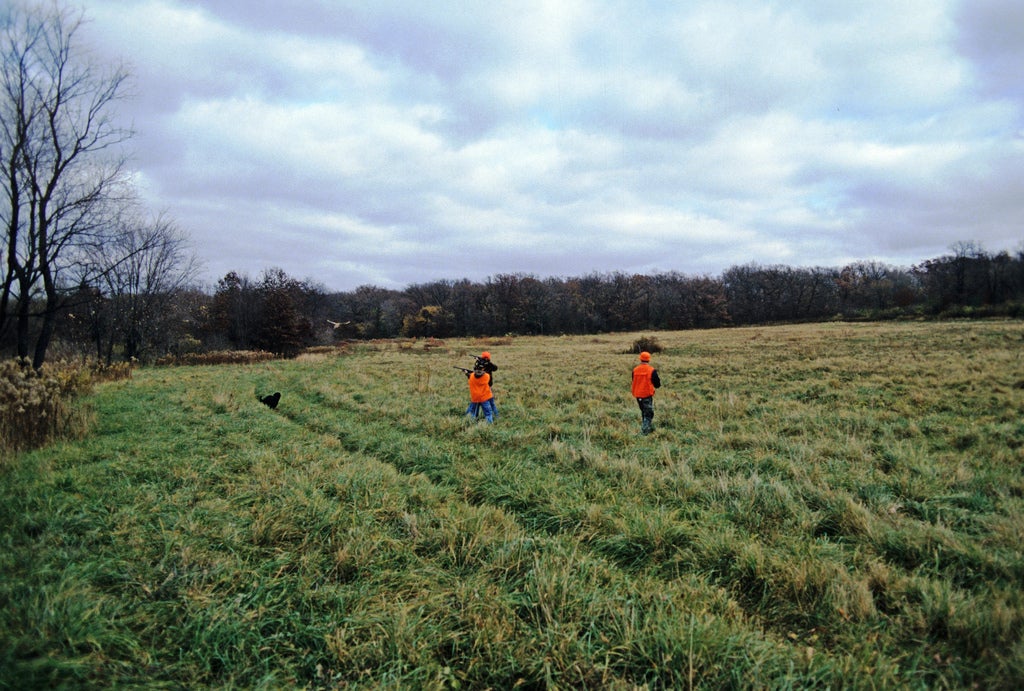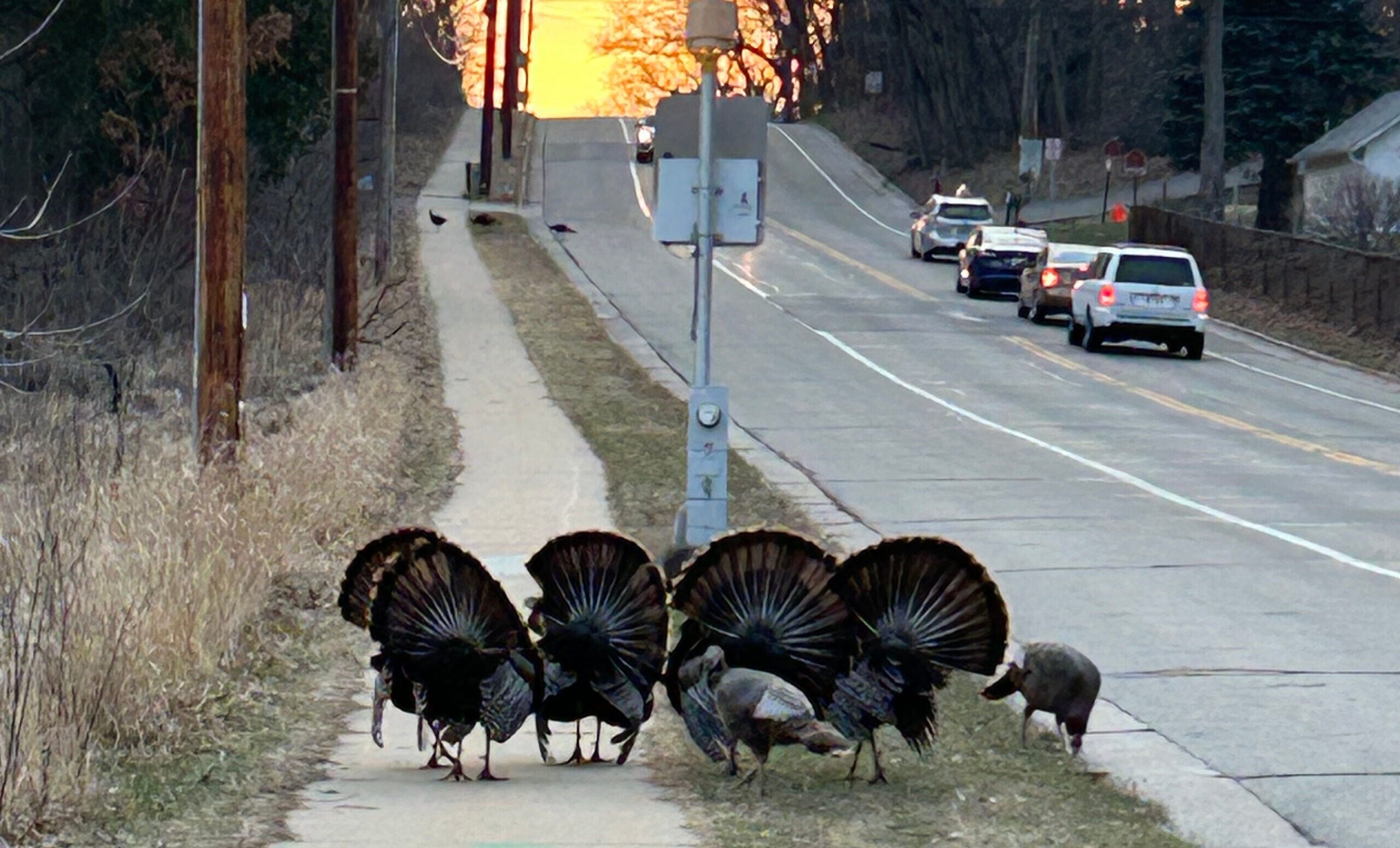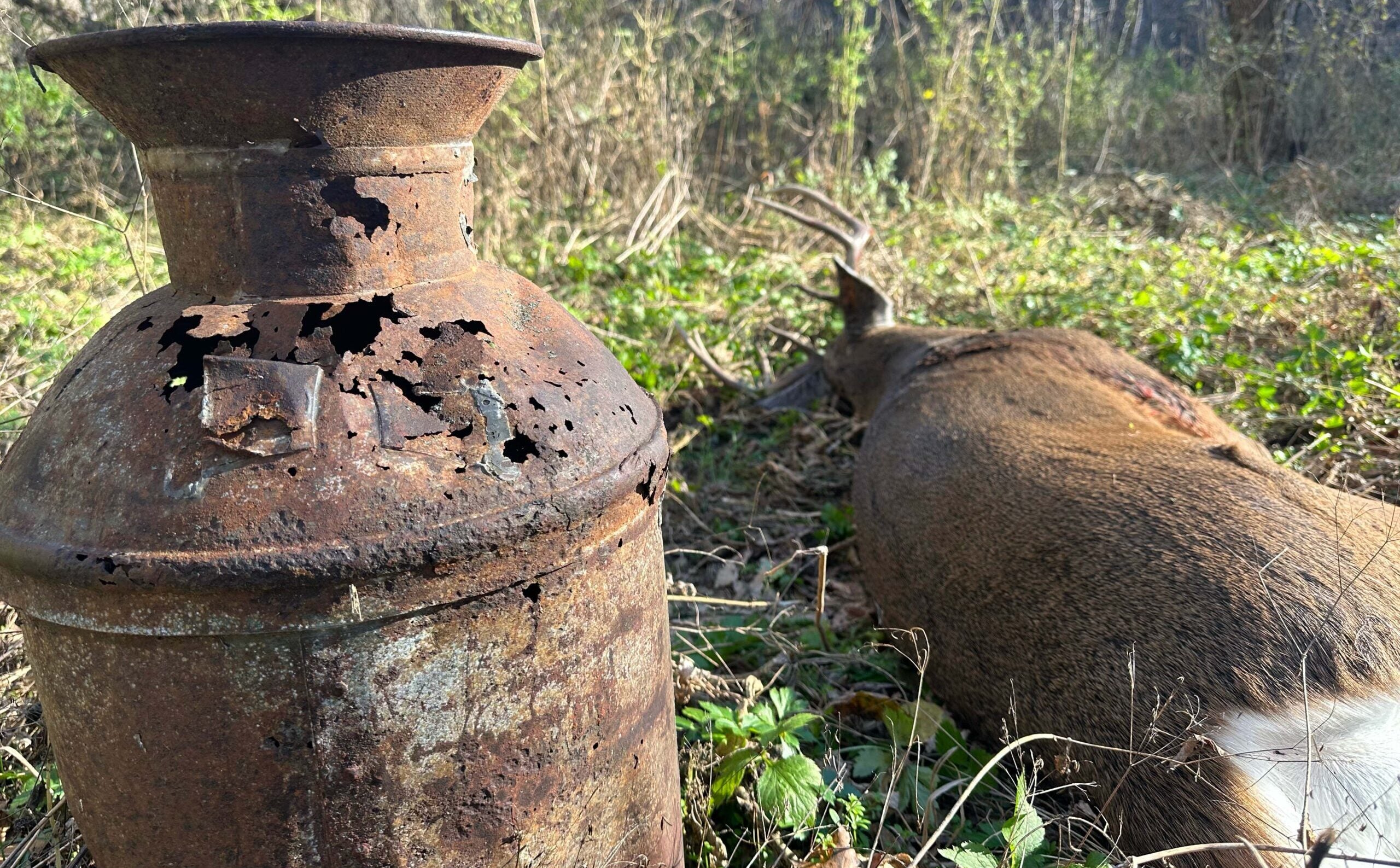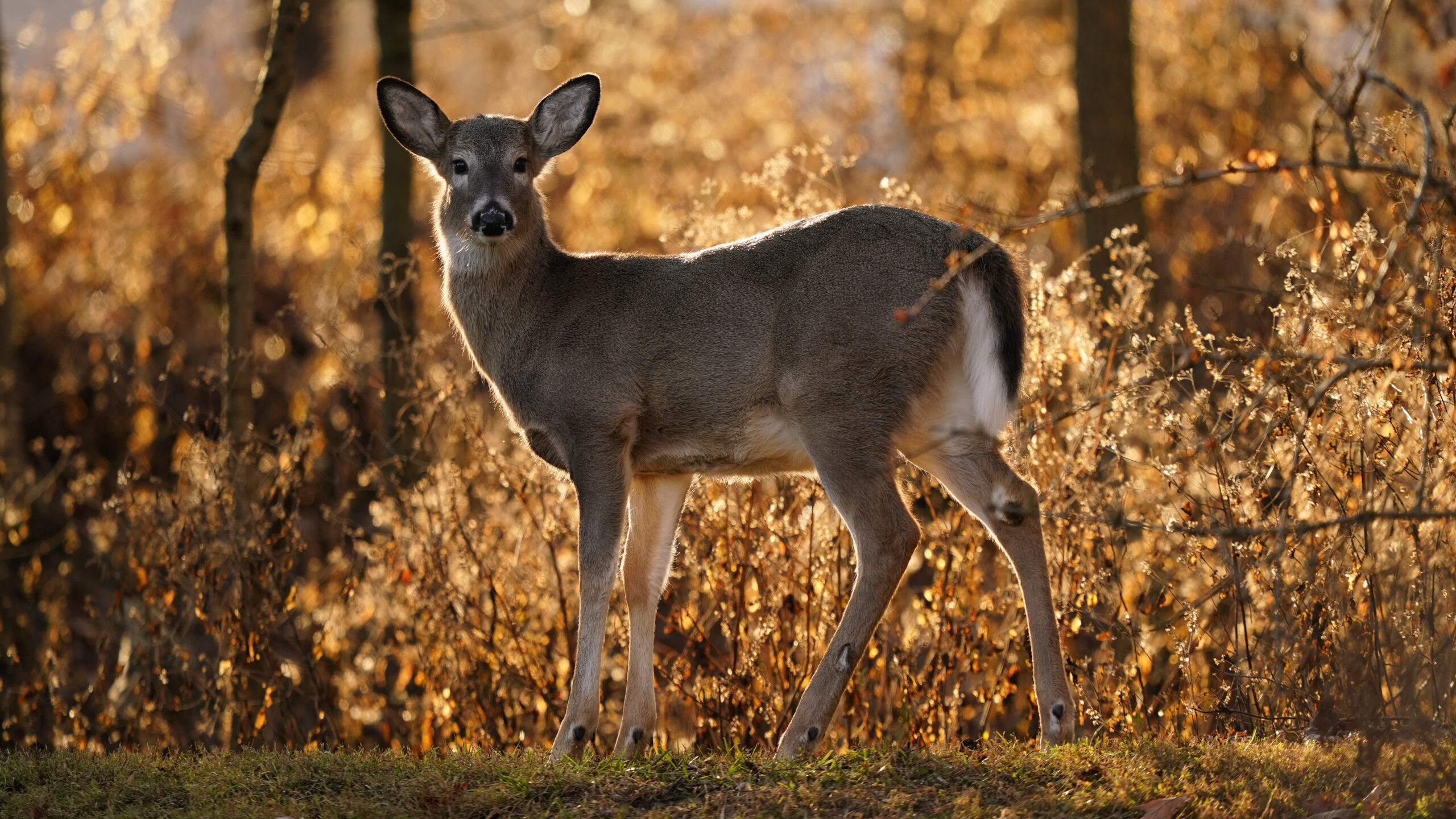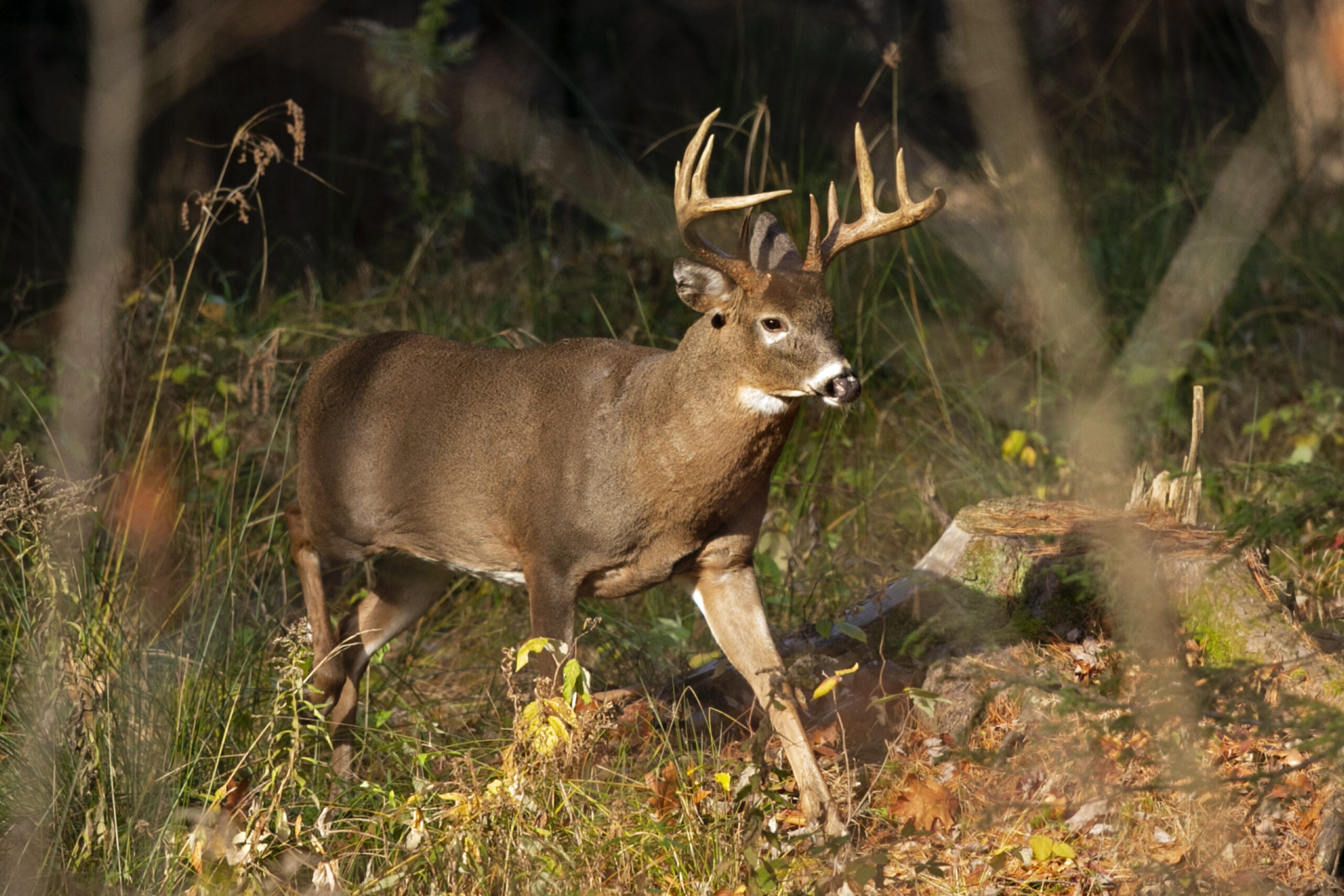The U.S. Fish and Wildlife Service conducted a survey that revealed a stark decline in American hunters. We explore the hunting traditions in Wisconsin and the shift in attitudes toward wildlife. We also discuss efforts in place to sustain America’s fish and wildlife resources.
Featured in this Show
-
Survey: Number Of American Hunters Decline
Fewer Americans hunt wildlife today than a decade ago, according to a new survey from the U.S. Fish and Wildlife Service.
The decline has concerned some wildlife advocates in Wisconsin, where the state Department of Natural Resources is partially dependent on license fees and taxes on guns, ammunition and angling equipment for revenue, according to a professor and DNR employee.
Forty percent of the United States population participated in wildlife-related activities in 2016. But only 5 percent of Americans hunted that same year, according to the survey. That number is down roughly 50 percent from 50 years ago.
“That’s still 11 million people. It may not sound like a large percentage, but it’s still a strong and important tradition,” said Adena Rissman, an associate professor in the University of Wisconsin-Madison Department of Forest and Wildlife Ecology, of the 5 percent who hunted in 2016.
In Wisconsin, about 600,000 gun deer hunting licenses were purchased last year, Rissman said.
She said changing societal attitudes toward wildlife have likely led to the decline, at least in part. Some view hunting as a threat to conservation. Rissman disagrees.
“Hunting is a strong part of the wildlife conservation story in the United States and many other countries when it’s managed sustainably as it is here,” she said. “And that populations of species, wildlife species that are managed as game, which means for hunting, such as deer and turkeys, have rebounded and are doing extremely well.”
She points to the state’s wild turkey population as an example. Wild turkeys were considered completely extricated from Wisconsin by 1900. But conservationists reintroduced the bird into the state in 1976, and today, they’re found in all Wisconsin counties, hunted in both the spring and the fall.
Some aren’t scared away from the sport by the ethics as much as the logistics, whether it’s getting into the woods, or acquiring the equipment.
But as a professor, Rissman says she’s seen an increasing interest in hunting from young people who are interested in knowing more about where their food is coming from.
“(Students) are taking classes in butchering for instance, and really trying to get to know that source of their meat,” she said.
The state is also taking steps to introduce newcomers to hunting and fishing, namely through Wisconsin’s Recruitment, Retention, and Reactivation (R3) program, part of a national initiative to get people interested in the outdoors.
The DNR hosts classes and programs for beginners, and opportunities like Free Fishing Weekend to let Wisconsinites try it before they buy it.
“What we’re doing is to introduce people who maybe missed out as a youngster, learning some of those outdoor skills like hunting and fishing,” said Theresa Stabo, the R3 coordinator at the DNR.
Stabo said the decline in hunters is a concern for the DNR. But more than that, Stabo said the DNR wants to get Wisconsinites back into nature.
“Those license sales have a big impact on our funding source to manage the lands and the waters and the fish and wildlife of Wisconsin,” she said. “… We just want more people out on the landscape. We want them out there observing what’s happening … And also just to enjoy it, just to be part of that rich tradition.”
Episode Credits
- Glen Moberg Host
- Nyajai Ellison Producer
- Theresa Stabo Guest
- Adena Rissman Guest
Wisconsin Public Radio, © Copyright 2025, Board of Regents of the University of Wisconsin System and Wisconsin Educational Communications Board.

